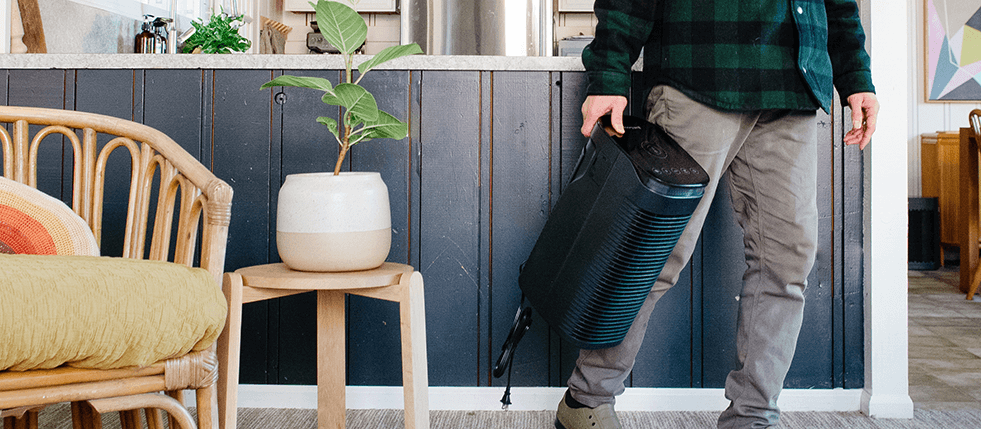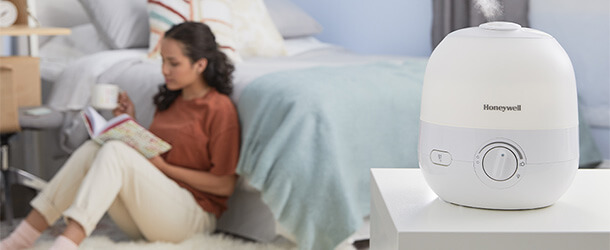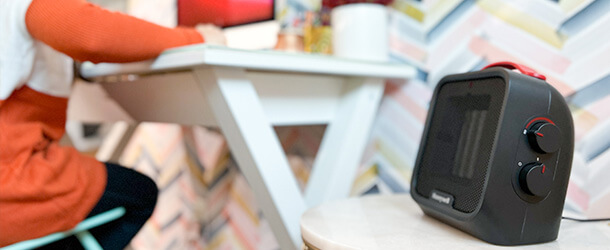Blog
Exploring Unique Alternatives to Traditional Air Cleaners for Home Use
As concerns about indoor air quality continue to rise, many homeowners are seeking effective solutions to mitigate airborne pollutants. The EPA estimates that indoor air can be two to five times more polluted than outdoor air, making the use of an air cleaner for home increasingly essential. Traditional air cleaners, while effective, often come with limitations such as high maintenance costs and energy consumption. As a result, there is a growing interest in exploring unique alternatives that can provide similar benefits with enhanced convenience or eco-friendliness. Recent studies suggest that innovative solutions, such as natural air purifiers—incorporating plants or advanced filtration technologies—can contribute significantly to creating a healthier living environment. In this blog, we will delve into these alternatives, offering insights on how they can complement or even replace conventional air cleaners, promoting both wellness and sustainability in our homes.

Understanding the Limitations of Traditional Air Cleaners in Home Environments
In recent years, there has been a growing awareness of how air quality directly impacts our health, leading to an increased demand for home air cleaning solutions. Traditional air cleaners have their limitations; they often rely solely on filters, which may not capture all pollutants or effectively manage odors. As people seek alternatives to enhance their home environments, understanding these limitations is crucial.

For those looking for unique alternatives, consider integrating plants known for their air-purifying properties. Certain species can absorb toxins and release oxygen, improving indoor air quality naturally. Additionally, innovative technologies such as air quality monitoring devices can help you understand your environment's specific needs, allowing for more targeted purification efforts.
Tip: Regularly check and replace filters in conventional air purifiers to ensure optimal performance. Furthermore, combining traditional air cleaners with natural solutions like indoor plants can create a more holistic approach to maintaining a healthy home air environment.
Eco-Friendly Air Purification: Harnessing Nature to Improve Indoor Air Quality
As indoor air quality becomes a growing concern, many homeowners are turning to eco-friendly alternatives to traditional air cleaners. Recent studies indicate that indoor air can be up to five times more polluted than outdoor air, due in part to volatile organic compounds (VOCs), allergens, and bacteria present in our living spaces. By harnessing the power of nature, innovative air purification methods can not only improve our health but also minimize environmental impact.
One promising alternative is the use of indoor plants, which are known for their natural air-purifying abilities. According to NASA's Clean Air Study, certain plants, such as the spider plant and peace lily, can effectively remove harmful toxins like formaldehyde and benzene from the air. Furthermore, incorporating a variety of plants can enhance this effect, as they work synergistically to process air contaminants. Additionally, the rise of natural air purifiers, such as activated charcoal and clay, offers another sustainable option. These materials can trap particles and odors without the use of harmful chemicals, ensuring a healthier indoor environment.
By choosing nature-inspired air purification solutions, homeowners not only promote a cleaner atmosphere but also support eco-friendly practices. As a result, adopting these alternatives can lead to improved indoor air performance, aligning with a growing consumer trend towards sustainability. According to market research, the global green air purifier market is projected to reach $13.5 billion by 2027, highlighting the shift towards health-conscious and environmentally responsible living spaces.

Innovative Technologies: The Rise of Smart Air Purifiers for Modern Homes
The shift towards smart home technologies has significantly impacted the air purification market, with smart air purifiers emerging as a preferred choice for modern homeowners. According to a 2022 report by MarketsandMarkets, the smart air purifier market is projected to grow from $1.55 billion in 2021 to $3.06 billion by 2026, reflecting a compound annual growth rate (CAGR) of 14.9%. This surge is primarily driven by increased awareness of air quality's impact on health, making innovative solutions an essential investment for many households.
These advanced devices often incorporate features such as real-time air quality monitoring, Wi-Fi connectivity, and compatibility with home automation systems. For instance, a recent study highlighted that smart purifiers can reduce particulate matter levels by up to 50% in just one hour of operation. Additionally, the integration of artificial intelligence allows these purifiers to learn user patterns and adjust their functionality accordingly, optimizing performance while minimizing energy consumption. With the capacity to ensure cleaner air effectively and efficiently, smart air purifiers represent a groundbreaking shift in how we approach indoor air quality management.
DIY Air Cleaning Solutions: Creative Approaches to Enhancing Home Atmosphere
In the quest for cleaner indoor air, many homeowners have turned to traditional air purifiers as a primary solution. However, there are numerous DIY alternatives that can be both cost-effective and creative, enhancing not only the air quality but also the overall atmosphere of the home. Simple methods like using houseplants, which naturally filter toxins and produce oxygen, provide an aesthetic and functional benefit. Moreover, incorporating essential oil diffusers can not only purify the air but also add a pleasant aroma, creating a calming environment.
Another innovative approach is to create homemade air purifying bags using activated charcoal or baking soda, both of which effectively absorb odors and pollutants. These low-maintenance solutions can easily be placed around the house, ensuring continuous air cleansing without the noise and energy consumption associated with traditional air cleaners. By exploring these creative DIY options, homeowners can personalize their air purification process, making their living spaces healthier and more enjoyable while also expressing their individual style.
The Role of Houseplants: Natural Allies in Combating Indoor Air Pollution
Houseplants have emerged as effective natural allies in the battle against indoor air pollution. According to a report by NASA, certain plants can remove up to 87% of indoor air pollutants in just 24 hours. Common houseplants like peace lilies, spider plants, and snake plants not only enhance the aesthetic of a home but also work tirelessly to filter out harmful substances such as formaldehyde and benzene. These toxic chemicals, often found in household products, can significantly impact indoor air quality and subsequently our health.
Furthermore, a study published in the Journal of Environmental Horticulture highlighted that plants increase humidity levels by releasing water vapor through a process called transpiration. This process can reduce the occurrence of respiratory issues commonly associated with dry indoor air. In spaces where traditional air purifiers may be impractical or expensive, incorporating a variety of houseplants can provide a cost-effective and eco-friendly solution to improve air quality. As homeowners explore unique alternatives to conventional air cleaners, integrating houseplants into their environments serves as both a functional and beautiful strategy against indoor pollutants.
Indoor Air Pollution Reduction: Impact of Houseplants vs. Traditional Air Cleaners
This chart illustrates the effectiveness of houseplants compared to traditional air cleaners in reducing indoor air pollution levels for various pollutants. The data showcases how certain houseplants can serve as natural allies in maintaining healthier indoor air quality.
Related Posts
-
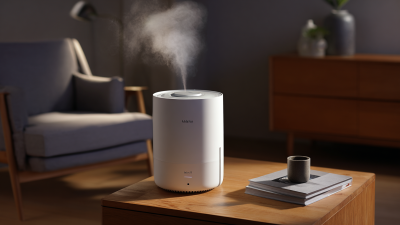
Discover the Excellence of Chinese Manufacturing with the Best Cool Humidifier on the Global Stage
-
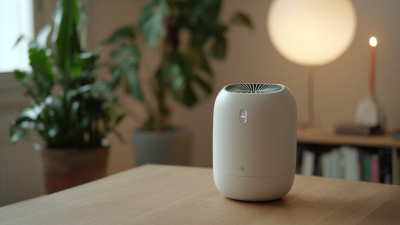
Exploring the Future: The Impact of 2025 Technology Trends on the Best Small Air Purifiers
-
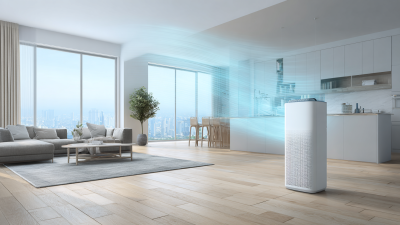
Future Innovations in Best Room Air Filters Shaping the 2025 Industry Landscape
-

Cool Humidifier Comparison Top Models Analyzed for Optimal Indoor Comfort
-
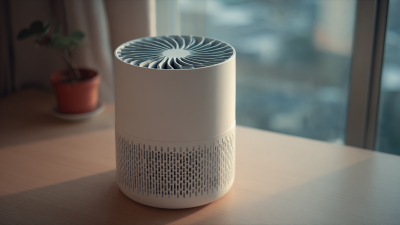
How to Select the Best Portable Air Purifier for Your Needs
-
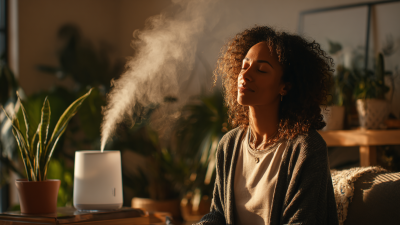
Understanding Import and Export Certifications for the Best Cool Humidifier in Global Markets





